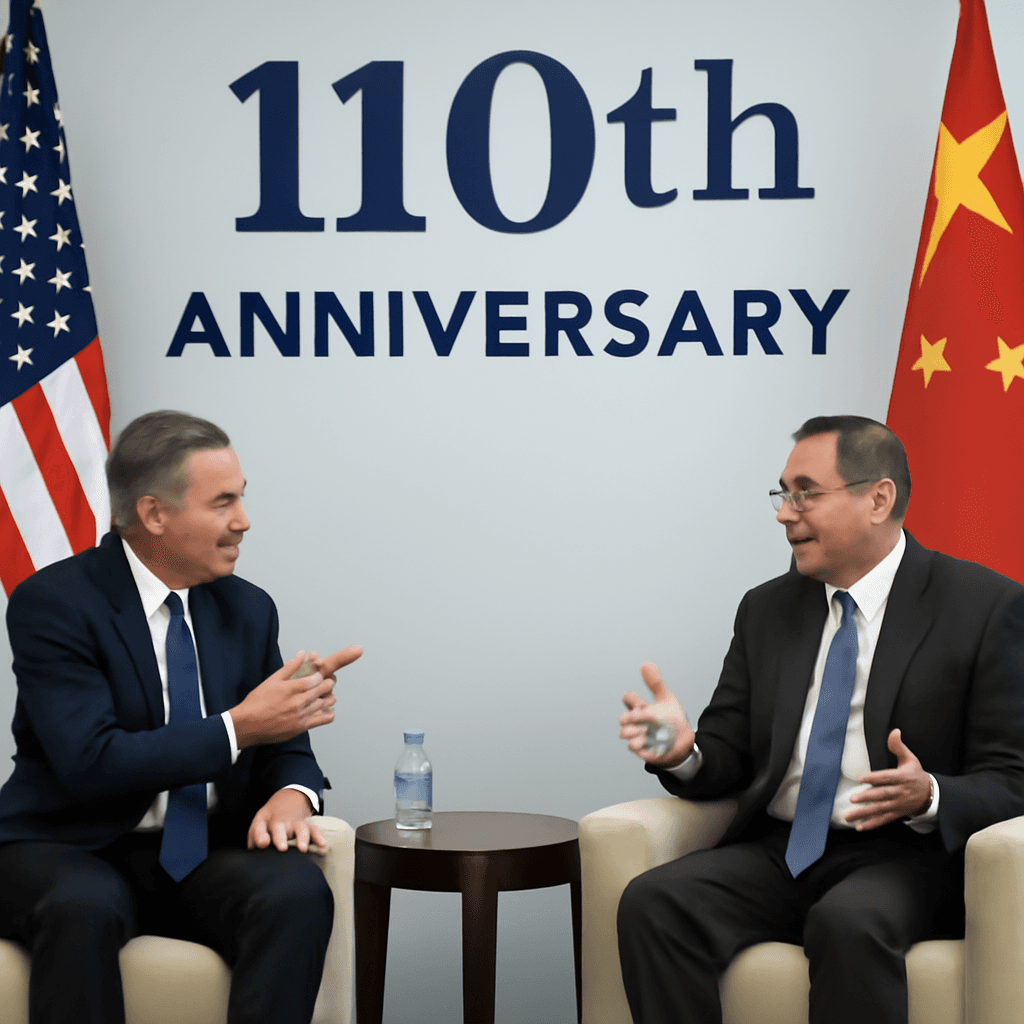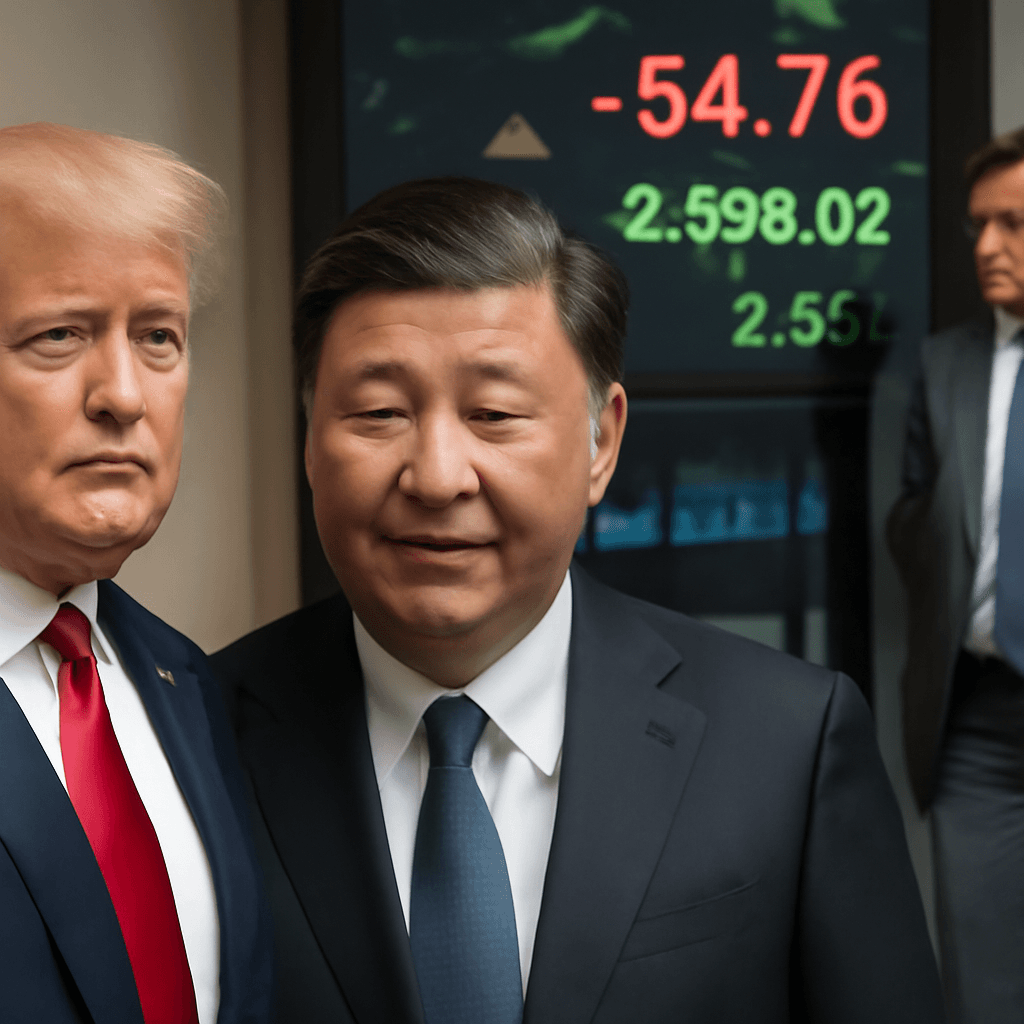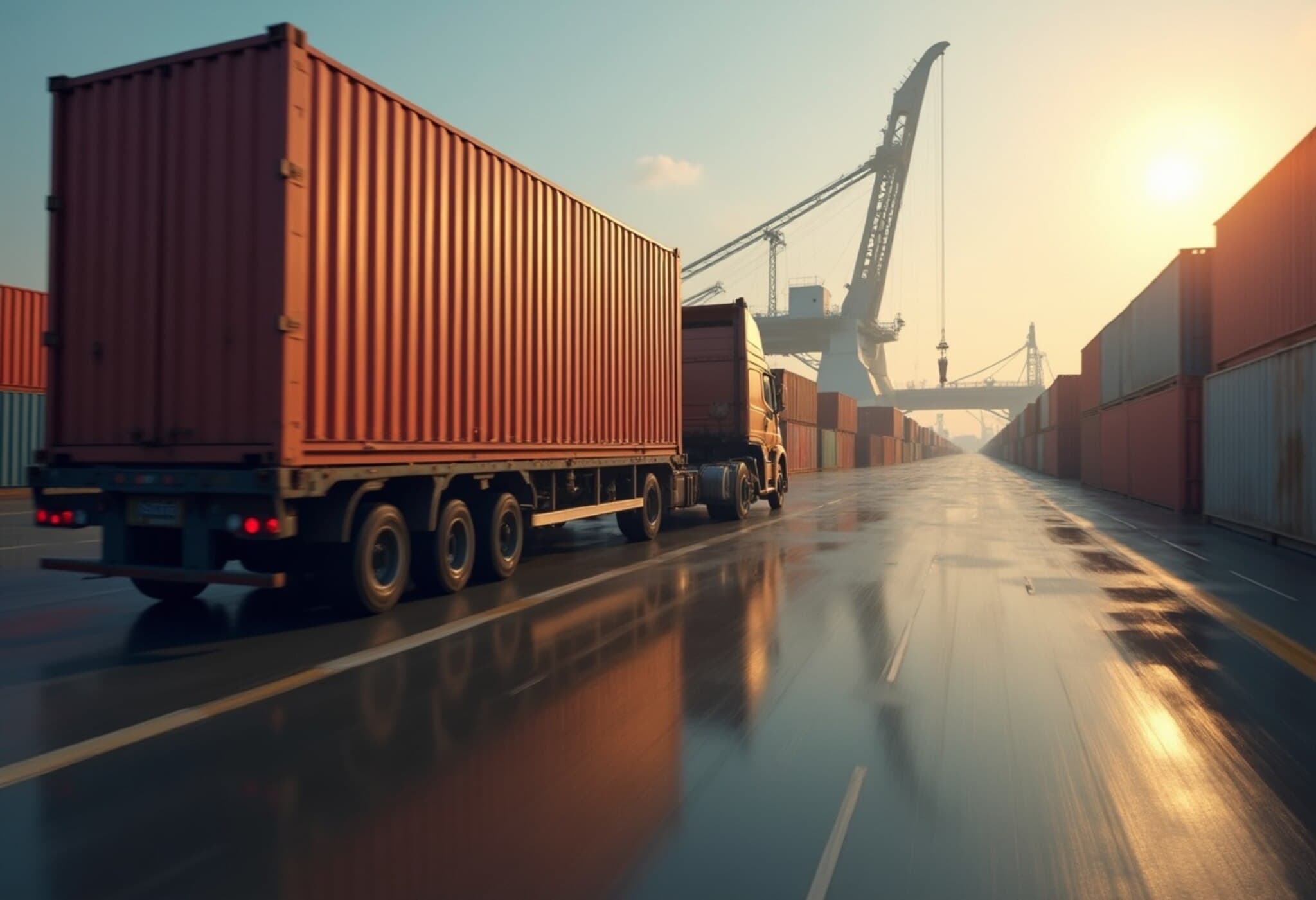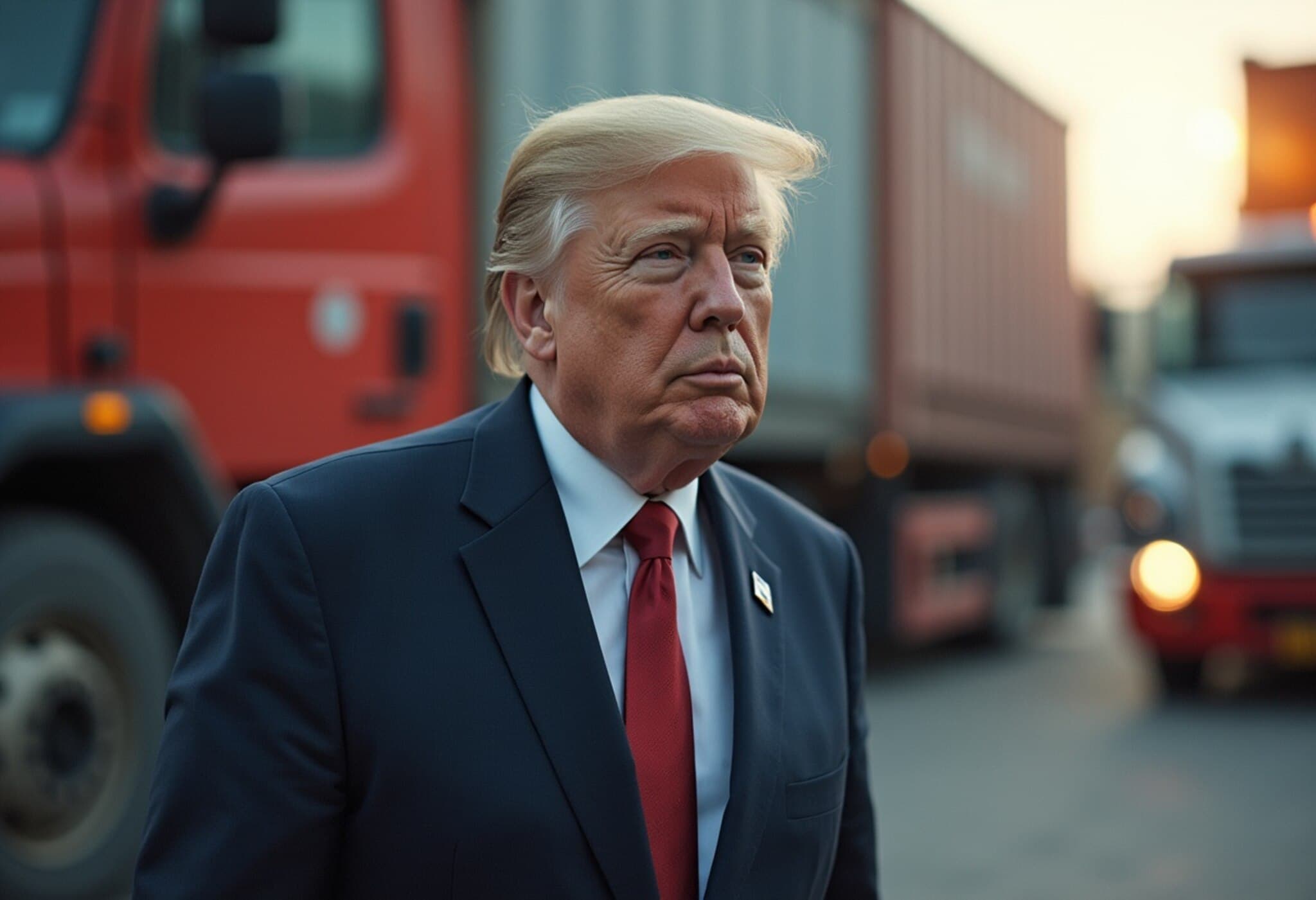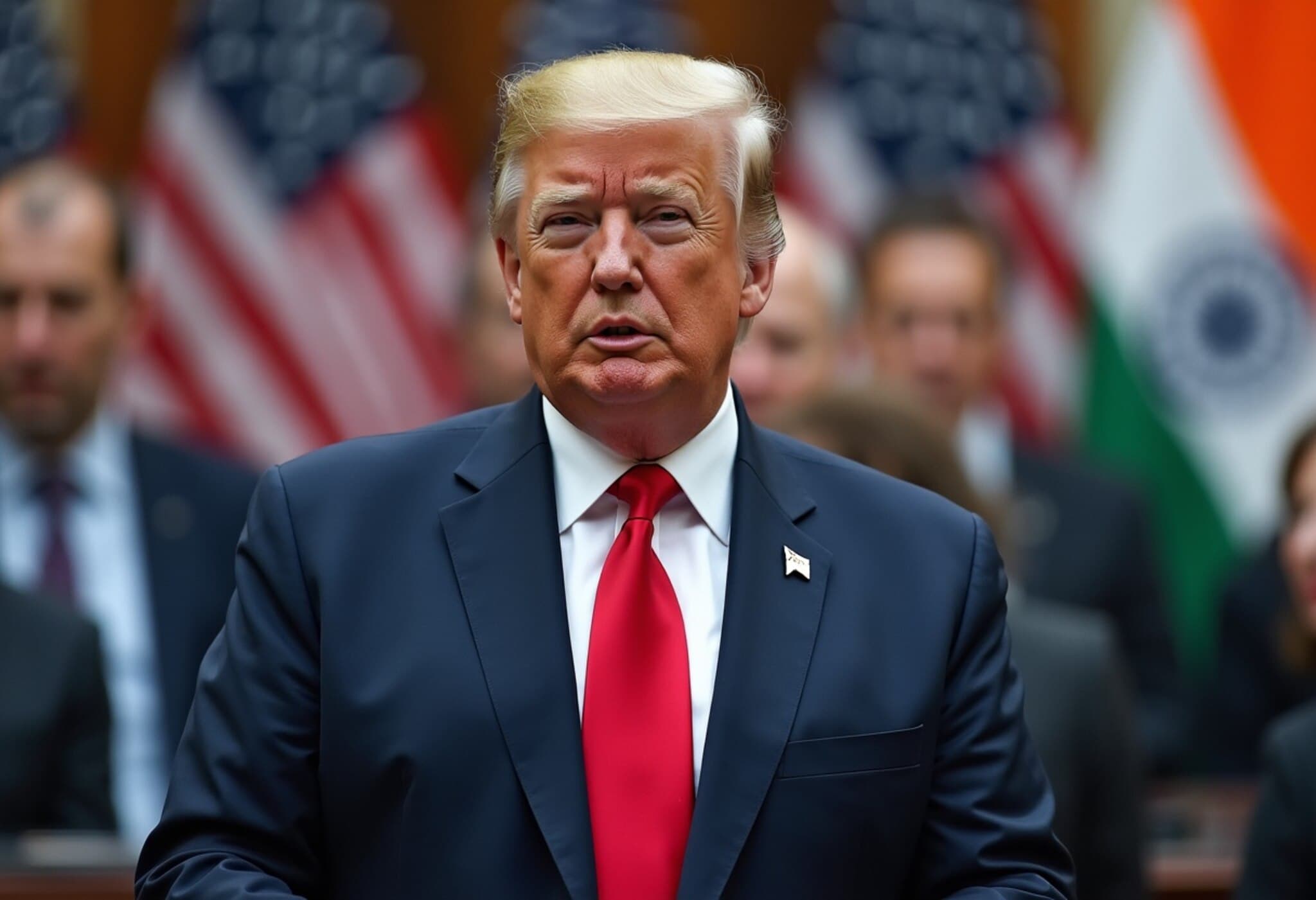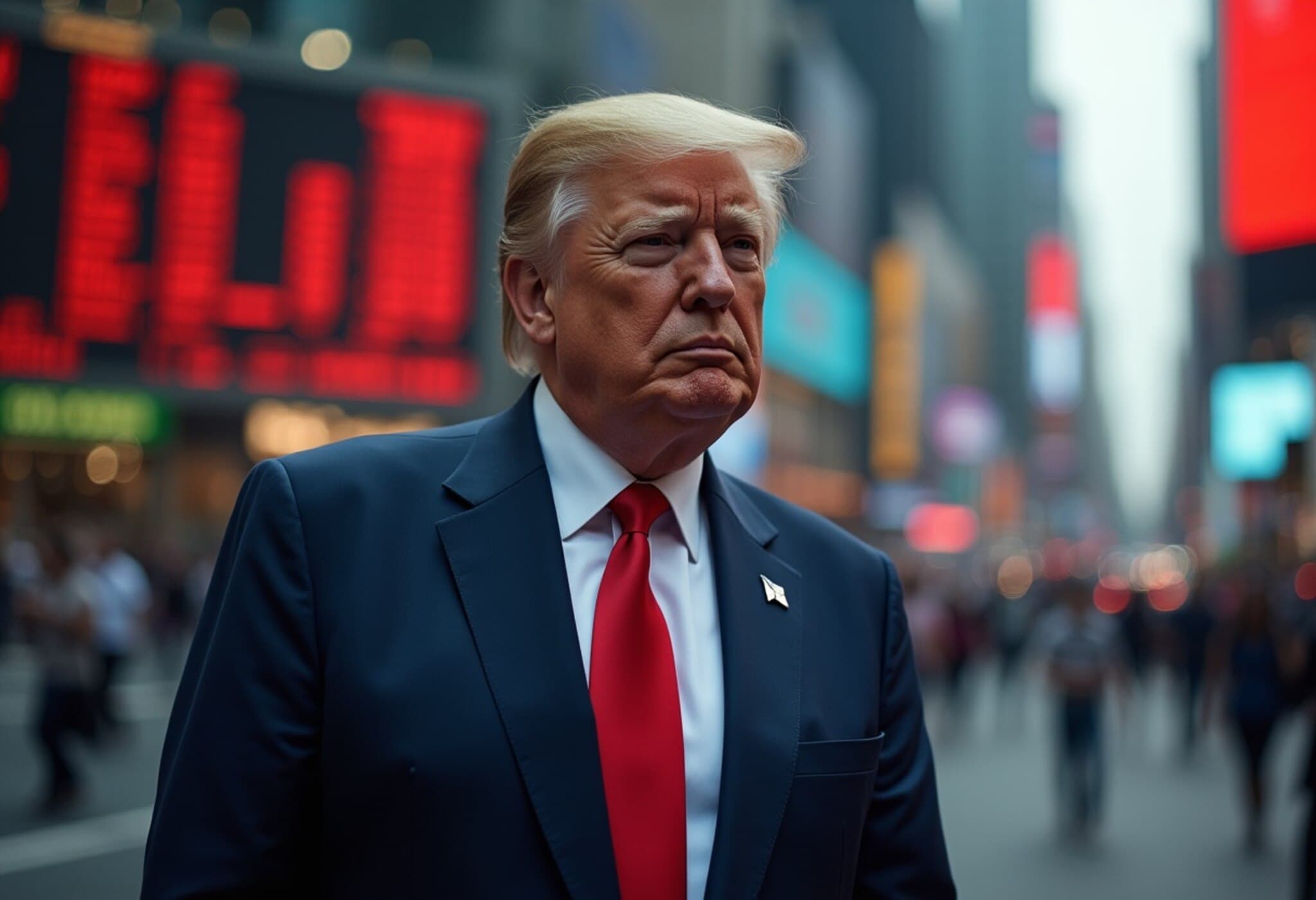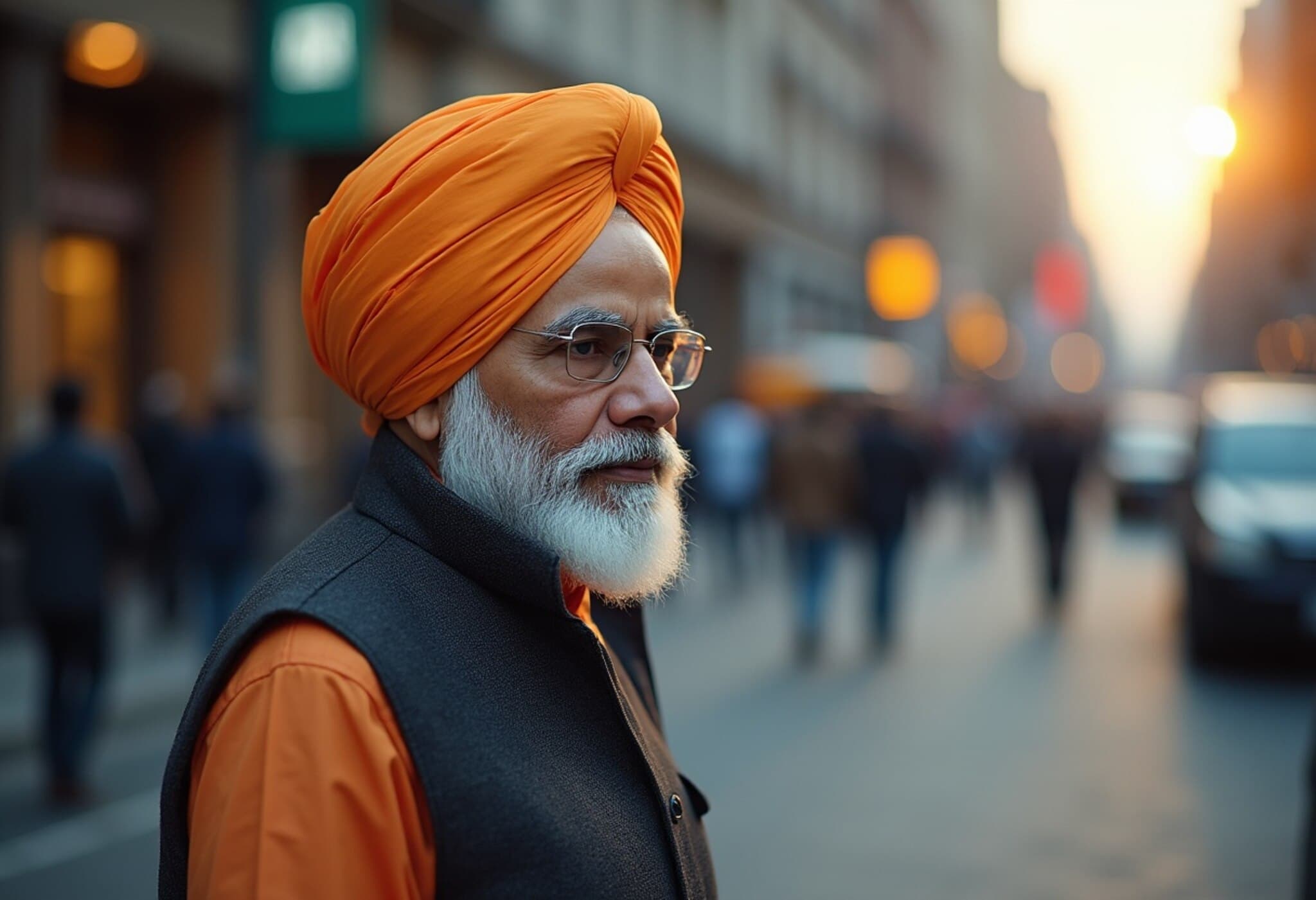India-US Bilateral Trade Agreement Talks Enter Crucial Phase in Washington
A senior delegation from India's Ministry of Commerce and Industry has landed in Washington this week, embarking on critical discussions aimed at advancing a bilateral trade agreement (BTA) with the United States. With the clock ticking toward an August 1 deadline for potential US tariff hikes, these negotiations carry heightened importance for the economic futures of both nations.
Setting the Stage for Complex Trade Negotiations
The four-day session began on Monday, bringing together experienced trade officials to iron out differences in areas ranging from agriculture and dairy to automobiles and industrial goods. Rajesh Agrawal, India's chief negotiator and Commerce Department special secretary, is scheduled to join talks midweek to steer more substantive deliberations.
Though the talks are in early stages, India's delegation had previously engaged with US counterparts from June 26 to July 2, laying groundwork for this intensive follow-up engagement.
Firm Stances on Agriculture and Dairy Trade
One of the most sensitive issues remains India's steadfast position on maintaining tariffs in agricultural and dairy sectors. Historically, India has resisted lowering duties on dairy products in all its free trade agreements, and shows no sign of yielding. Conversely, India is pushing for a loosening of US tariffs on steel, aluminium (currently near 50%), and automobiles (25%), which significantly impact Indian exporters.
These sectors essentially encapsulate broader tensions between protecting domestic industries and expanding cross-border commerce—a delicate balance that both governments must delicately manage.
Trump Administration’s Tariff Warnings and Delays
Earlier announcements by the Trump administration threatened sweeping tariffs on numerous trading partners, including India, with multiple deadline extensions pushing possible tariff imposition to August 1. These tariffs would affect a swath of products, notably industrial goods, automobiles, wines, petrochemicals, and several agricultural items such as apples, tree nuts, and genetically modified crops.
This looming threat has added pressure to the negotiations, as both sides seek to avoid an economically disruptive tariff escalation that could ripple through global supply chains and markets.
India Seeks Strategic Concessions for Labor-Intensive Sectors
Beyond tariffs, India is advocating for concessions benefiting its labor-intensive industries, including textiles, gems and jewellery, leather, garments, plastics, chemicals, as well as key agricultural exports like shrimp, oil seeds, grapes, and bananas. Securing better market access for these sectors would bolster India's export momentum, which has seen a significant uptick recently—with merchandise exports to the US rising by nearly 22% in the April-May fiscal window.
Looking Ahead: Potential Phased Agreements and Economic Implications
While a comprehensive BTA remains elusive, officials from both countries indicate that a phased approach or an interim deal could be possible before a full agreement is finalized, possibly by September or October. This strategy reflects the complexity of reconciling diverse economic priorities on both sides, alongside geopolitical considerations and domestic political pressures.
Trade expert Dr. Anjali Menon, senior fellow at the Center for International Economic Relations, remarks, "These talks come at a pivotal time when global trade frameworks are under strain. India's cautious yet firm stance seeks to safeguard its developmental agenda while leveraging the vast US market—an intricate dance demanding skillful diplomacy and pragmatic compromise. The outcome will set a precedent for how emerging economies negotiate with major powers in an increasingly fragmented trade environment."
Editor’s Note
As the clock presses down to August 1, the stakes of the India-US bilateral talks could hardly be higher. Beyond immediate tariff concerns, these negotiations reflect larger themes of economic sovereignty, protectionism versus liberalization, and the evolving dynamics of global trade partnerships. Readers should watch closely for how these dialogues balance national interests with the imperatives of global commerce, and what this portends for future India-US bilateral relations.



